Dolmeh Persian: The Art of Stuffing, Spice, and Soul in Every Bite
Ever tasted a dish that feels like a warm hug from your grandmother’s kitchen, even if you’ve never met her? That’s the magic of dolmeh persian, the beloved Middle Eastern stuffed delicacy that wraps flavor, history, and heart into every bite.
In this deep dive, we’ll unravel the secrets behind making perfect dolmeh, explore its spice-laden soul, and give you pro tips to turn your next dinner into a Persian feast. Whether you're a seasoned chef or a spice-loving home cook, there's something here for everyone!
Table of Contents
- What Exactly is Dolmeh Persian?
- A Little History: Dolmeh Through Time
- The Spice Blend Behind That Irresistible Flavor
- Top 7 Tips for Making Perfect Dolmeh at Home
- Wrapping It Up (Literally!)
- Serving Suggestions & Pairings
- Dolmeh Variations Around the Globe
- Frequently Asked Questions About Dolmeh
What Exactly is Dolmeh Persian?
The word "dolmeh" comes from the Turkish root "dolmak," meaning "to be filled." In Persian cuisine, dolmeh typically refers to grape leaves, vegetables, or even fruits stuffed with a spiced rice and meat mixture. But unlike many other stuffed dishes, dolmeh isn’t just about what’s inside—it’s about how it’s wrapped, simmered, and savored.
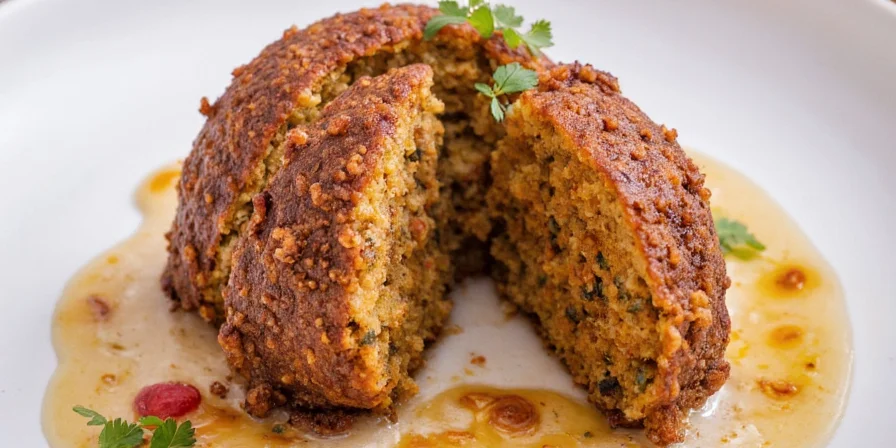
From humble village kitchens to royal feasts, dolmeh has been a staple of Persian culinary culture for centuries. While variations exist across regions, the essence remains the same: a delicate balance of herbs, spices, acidity, and texture that delights the senses.
A Little History: Dolmeh Through Time
Dolmeh can trace its roots back to ancient Persia, where stuffing was a clever way to stretch ingredients and preserve food during long winters. Over time, as trade routes expanded, so did the flavors used in dolmeh fillings—especially spices like cinnamon, turmeric, cardamom, and dried limes (limu amani).
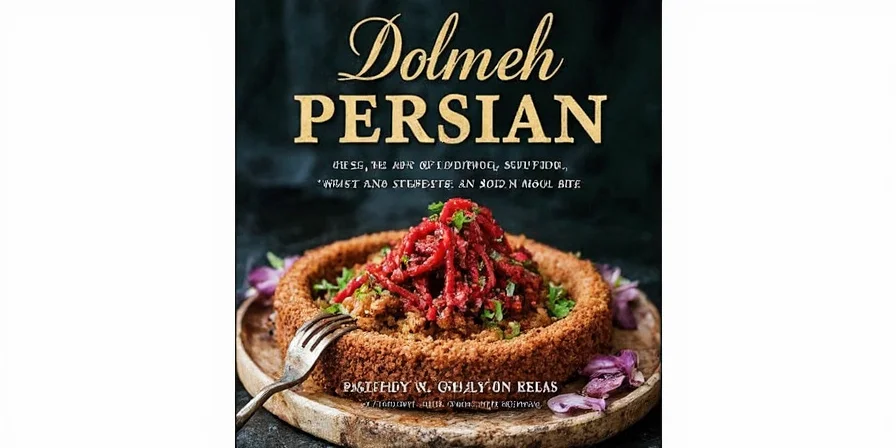
By the Safavid era (1501–1736), dolmeh had become more than a meal—it was a symbol of hospitality, celebration, and cultural identity. Today, you’ll find dolmeh served at weddings, Nowruz celebrations, and family gatherings, often passed down through generations via handwritten recipes and whispered kitchen secrets.
The Spice Blend Behind That Irresistible Flavor
Spices are the backbone of any good dolmeh. Persian spice blends tend to be aromatic but not overly hot, balancing sweet and earthy notes with tanginess. Here’s the core blend commonly found in traditional dolmeh:
| Spice | Flavor Profile | Role in Dolmeh |
|---|---|---|
| Turmeric | Eartgy, Slightly Bitter | Adds warmth and color |
| Cinnamon | Sweet, Woody | Enhances sweetness in rice and meat |
| Nutmeg | Warm, Nutty | Deepens flavor profile |
| Cardamom | Fragrant, Citrusy | Lifts the overall aroma |
| Dried Lime (Limu Amani) | Tangy, Salty | Provides signature sourness |
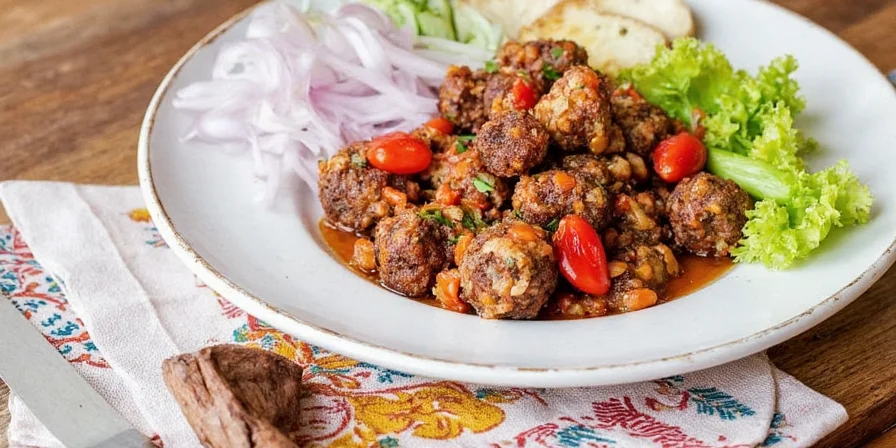
Bonus Tip: Some families swear by adding a pinch of ground rose petals or orange blossom water for a floral kick. If you’re feeling adventurous, try it!
Top 7 Tips for Making Perfect Dolmeh at Home
- Rinse Grape Leaves Carefully: Don’t skip this step! They often come pickled in brine and need a quick soak in lukewarm water to soften and reduce saltiness.
- Don’t Overfill: Trust us on this one. Less is more when it comes to stuffing. Overstuffed rolls pop open while cooking—trust no one who says otherwise.
- Use Cold Water Start: Always begin cooking dolmeh in cold water. Starting with hot water can shock the leaves and make them tough.
- Weigh It Down: Place a small plate or heatproof lid over the dolmeh in the pot to keep them submerged and prevent unrolling.
- Simmer Slowly: Low and slow is the name of the game. Rushing the process = tough leaves and undercooked filling.
- Rest Before Serving: Letting dolmeh sit for 20–30 minutes after cooking allows the flavors to meld beautifully.
- Make Ahead: Dolmeh actually improves in flavor the next day. Make a double batch and refrigerate for up to 3 days—or freeze for longer storage!
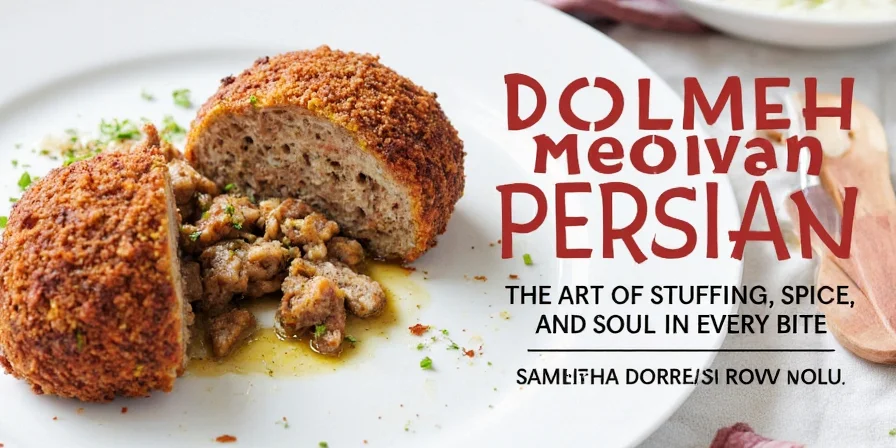
Wrapping It Up (Literally!)
Rolling dolmeh correctly is both an art and a science. Here’s a simple step-by-step guide to help you master the technique:
- Lay the leaf vein-side up on a flat surface.
- Place a small spoonful of filling near the stem end.
- Fold the sides inward slightly.
- Roll tightly toward the top, tucking as you go.
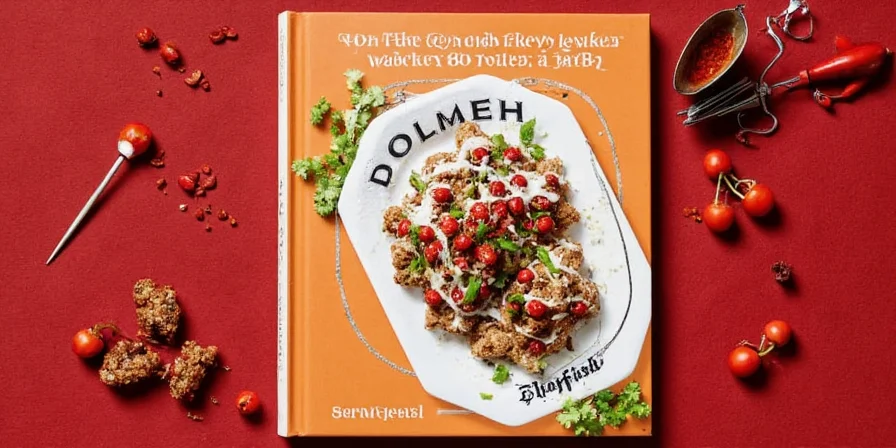
Pro tip: Practice makes perfect. Your first few rolls might look more like origami disasters—but keep going. After all, no one ever judges a dolmeh roll based on looks alone.
Serving Suggestions & Pairings
Dolmeh shines best when paired with cooling accompaniments to balance the rich spices. Try serving it with:
- Yogurt Sauce: A simple yogurt-cucumber-turmeric mix soothes the palate.
- Persian Rice (Chelow): Fragrant basmati rice with tahdig crust is a classic pairing.
- Mast-o-Khiar: Mint-infused yogurt dip that complements the earthy spices.
- Tea: Serve with strong Persian black tea to cleanse the palate between bites.
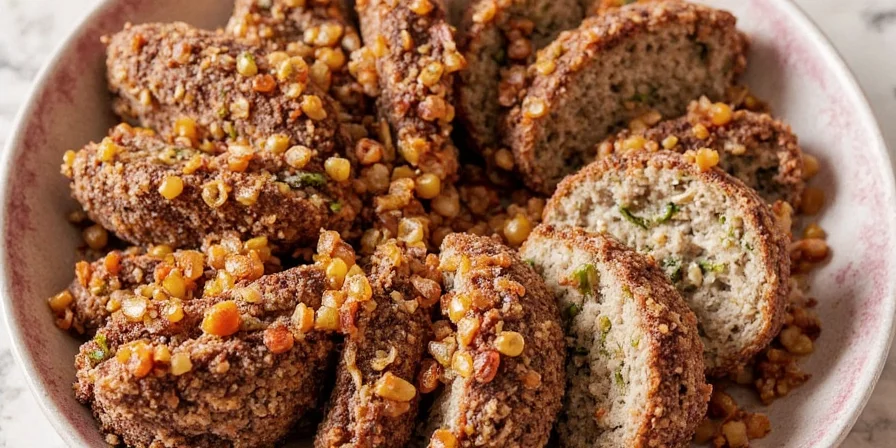
Dolmeh Variations Around the Globe
Dolmeh may have started in Persia, but its popularity spread far and wide. Here’s a quick comparison of dolmeh-inspired dishes from around the world:
| Dish Name | Country | Main Difference |
|---|---|---|
| Dolma | Turkey | Often uses cabbage or bell peppers; heavier on mint and allspice |
| Sarma | Balkans | Usually stuffed in sour cabbage leaves; fermented taste |
| Holishkes | Jewish (Ashkenazi) | Uses pickled cabbage; often sweeter, with tomato sauce and brown sugar |
| Yaprak | Greece/Cyprus | Similar to dolmeh, but lighter seasoning and olive oil-based |
| Kibbeh Dolma | Lebanon/Syria | Stuffed with spiced meat and pine nuts; often baked or fried |
Frequently Asked Questions About Dolmeh
Can I use other leaves besides grape leaves?
Absolutely! Cabbage leaves, collard greens, or even chard can work in a pinch. Just blanch them first to make them pliable.
Is dolmeh vegetarian-friendly?
Yes! Simply omit the meat and substitute with lentils, chickpeas, or extra rice and veggies. Adjust spices accordingly.
How do I store leftover dolmeh?
Cool completely and store in an airtight container in the fridge for up to 3 days. Freeze for up to 3 months. Reheat gently on the stovetop or in a steamer.
Can I prepare dolmeh ahead of time?
Definitely. In fact, they often taste better the next day as flavors intensify. You can roll them up to a day in advance and cook just before serving.
Conclusion: Dolmeh Persian – More Than Just a Dish
Dolmeh Persian isn’t just a recipe—it’s a love letter to tradition, patience, and the power of spices. From the careful wrapping to the final simmer, each step tells a story of heritage and heart.
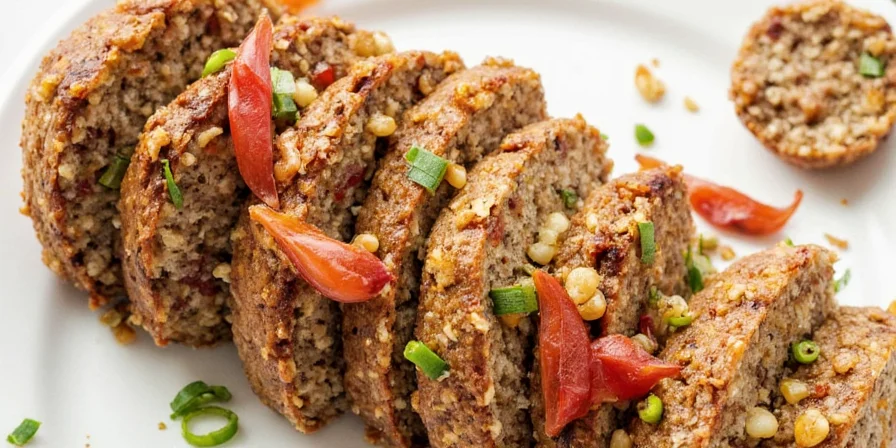
Whether you’re new to the world of spice or a seasoned flavor adventurer, mastering dolmeh opens the door to a whole universe of global traditions. So grab those grape leaves, dust off your spice rack, and get ready to impress your tastiest crowd yet—with nothing but a little love, a lot of flavor, and some serious dolmeh skills.
Now go forth—and wrap like your ancestors are watching! 🍃✨

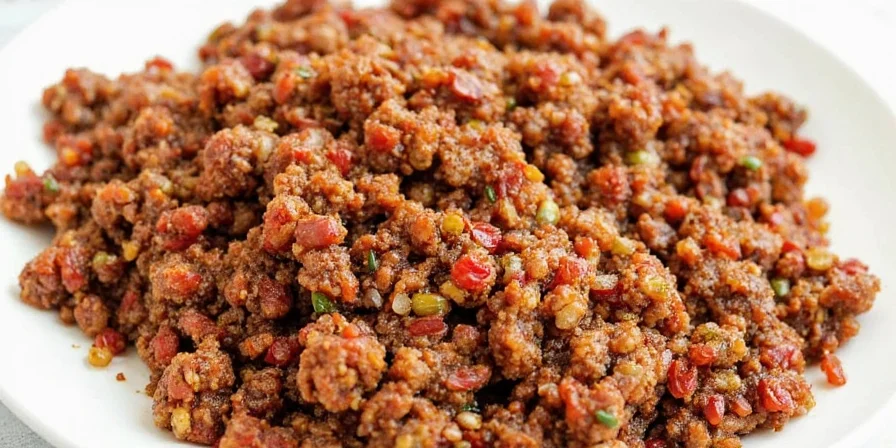









 浙公网安备
33010002000092号
浙公网安备
33010002000092号 浙B2-20120091-4
浙B2-20120091-4